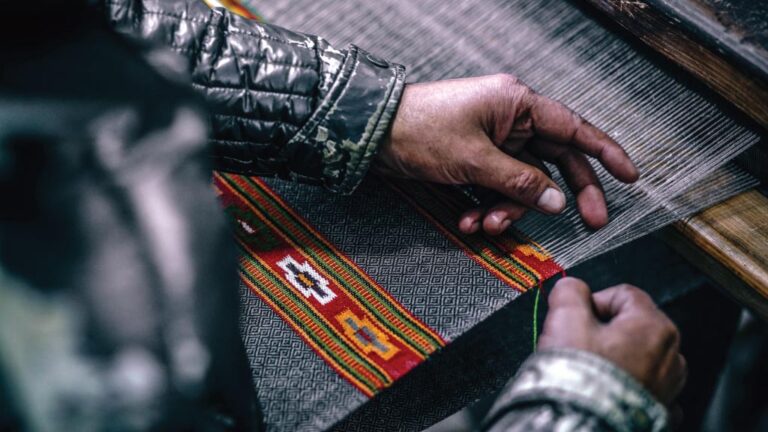The Belt and Road Initiative (BRI) is one of the most ambitious transnational development projects ever implemented. However, many EU analysts and policymakers fear the changes that BRI will bring to the European labor markets. This article will bring you to Prato, a key center for the Italian textile industry, where the Chinese immigrant workers have been hired under inhumane conditions for 40 years and where the Chinese government decided to invest once again.
Chinese emigration to Italy began in the 1980s due to China's opening of its labor market to the world. Most of this migration was directed towards the economic centers of Northern Italy. Among them, the small and powerful manufacturing town of Prato, in the Tuscany region. Chinese immigrants arrived at a time of economic crisis and found many opportunities to invest, especially in the textile industry. After almost 40 years much has changed. Prato is today Italy's most international city, with ⅕ of its population coming from different corners of the world. Half of the city's newcomers are Chinese.
The Chinese workers currently contribute to 20% of the town's GDP and they have integrated well with the locals. Prato hosts among the biggest Sino-Italian cultural events in Italy and the small town became an example for cities wanting to adopt long-term integration strategies. However, fundamental challenges still exist, such as the often problematic labor conditions in the Italo-Chinese textile factories. Between 2013 and 2017, ten Chinese workers lost their lives amid allegations of inhumane working schedules and illegal housing conditions. While the Italian political debate over Prato's Chinese community has crystallized for the past 10 years, some changes are in sight.
BRI and the future of labor rights for the Chinese workforce in Italy
On 23 March 2019, Italy became the first of the G7 countries to officially join China's Belt and Road Initiative (BRI) - the largest transnational development project ever implemented since the Marshall Plan by the US government to boost investment in post-World War II Europe . The BRI aims to link China to Europe, just like the ancient Silk Road connected the two separated economies many centuries ago. Italy's European partners fiercely criticized the country's move on the belief that a non-cohesive EU approach to the initiative might bring disruption in the European economic market, currently made fragile by Brexit and economic stagnation among Southern European countries.
Italy is among such stagnating economies and its willingness to cooperate with China is very much driven by the attempt to find ways to revive its economy. Even before the bilateral agreement on the BRI, the two countries share important economic ties. Italy is China's fifth largest commercial partner for trade volume. Similarly, Italy's sales to China already reached 11.1 billion euros in 2016 and is expected to increase steadily. The textile industry, one of the most important processing industries in Italy, is also one of the sectors which both Italy and China will expect to benefit from. China's desire to expand its textile production to Europe and Italy's need to boost its exports to the Asian giant seem to suggest that cooperation under this sector will experience enormous changes.
The Belt and Road Initiative promises to improve the current partnership. One of the pillars enshrined in the BRI agreement signed by Italy and China rests on the so-called people-to-people connectivity. More in particular, with this pillar China pledged to respect human rights and high environmental standards in its industrial production. According to Prato's Mayor, who was recently invited by the Chinese Ministry for Economic Development at the International BRI Forum, the Italian government should use this opportunity to work hand in hand with its Chinese counterparts to improve the labor rights schemes of the Chinese communities residing in Italy. For the moment, however, there is no action plan envisioning how such improvements should take place.
This raises many questions. How far is Italy ready to go to secure Chinese investment in the country? Will the Italian government turn a blind eye to the rights of those Chinese immigrants working tirelessly every day to contribute boosting Italy's manufacturing sector?
What is certain is that Italy's desperation for a stronger role in Europe might lead the current government to avoid discussions on certain topics. Prato's long history of Chinese presence and weak labor and Human Rights should serve as a bail. For now, modern slavery practices are still being used on our doorstep.


